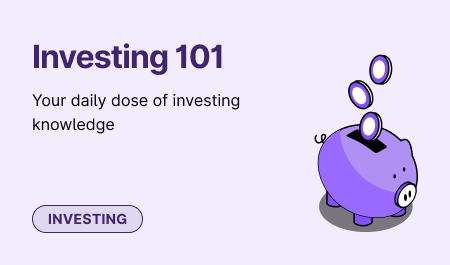Introduction
Equity Linked Saving Scheme (ELSS) is a popular investment option among taxpayers in India. It not only helps in saving taxes but also offers an opportunity to earn good returns in the long run. However, investors often make mistakes while investing in ELSS, which can result in suboptimal returns. In this blog, we will discuss some common mistakes investors should avoid while investing in ELSS.
Mistake 1: Investing Solely for Tax-Saving Purposes
One of the biggest mistakes investors make while investing in ELSS is investing solely for tax-saving purposes. While ELSS investments offer tax benefits under section 80C of the Income Tax Act, investors should not make the mistake of investing only to save taxes. ELSS investments should be made with a long-term perspective and not just for tax-saving purposes. Investors should look at the fund's performance and other factors like the fund manager's track record, fund's investment style and the portfolio holdings before investing.
Mistake 2: Not Diversifying Investments
Another common mistake investors make while investing in ELSS is not diversifying their investments. ELSS funds invest in equity markets, which are subject to market risks. Investors should not put all their money in a single ELSS fund, as this can expose them to higher risks. Instead, investors should diversify their investments across different ELSS funds and other asset classes like debt funds and fixed deposits. It will help them reduce their overall portfolio risk and ensure better returns in the long run.
Mistake 3: Not Considering the Lock-in Period
ELSS investments come with a lock-in period of three years, which means that investors cannot redeem their investments before three years. Many investors make the mistake of not considering the lock-in period and invest in ELSS funds without understanding their liquidity needs. Investors should ensure that they have sufficient funds for their short-term requirements before investing in ELSS funds.
Mistake 4: Not Understanding the Investment Style
ELSS funds come with different investment styles, such as value investing, growth investing, and dividend investing. Many investors make the mistake of investing in ELSS funds without understanding the investment style. It is essential to be considered, as it will determine the fund's performance in the long run. Investors should choose an ELSS fund that aligns with their investment objectives and risk appetite.
Mistake 5: Not Tracking the Performance
Tracking the performance of ELSS funds is essential to ensure that investors are getting good returns on their investments. Many investors make the mistake of not tracking the performance of their ELSS funds regularly. Investors should track the performance of their ELSS funds and compare them with their benchmark indices and other ELSS funds in the market. It will help them identify underperforming funds and take corrective measures.
Mistake 6: Choosing Funds based on Past Performance
Many investors make the mistake of choosing ELSS funds based on their past performance. While past performance is a good indicator of the fund's ability to generate returns, it does not guarantee future performance. Investors should not make the mistake of choosing ELSS funds based on their past performance solely. Instead, they should consider other factors like the fund manager's track record, investment style and portfolio holdings before investing.
Mistake 7: Not Considering the Expense Ratio
The expense ratio is the cost of managing an ELSS fund and it is deducted from the fund's returns. Many investors make the mistake of not considering the expense ratio while investing in ELSS funds. It is essential to consider the expense ratio, as higher expenses can significantly reduce the fund's returns in the long run. Investors should choose ELSS funds with a lower expense ratio, as this will result in higher returns.
Mistake 8: Ignoring the Fund Manager's Track Record
The fund manager's track record plays a crucial role in the performance of an ELSS fund. Many investors make the mistake of ignoring the fund manager's track record while investing in ELSS funds. Investors should choose ELSS funds managed by experienced and competent fund managers with a proven track record of generating good returns for their investors.
Mistake 9: Not having a long-term Investment Horizon
ELSS investments are designed for investors with a long-term investment horizon. Many investors make the mistake of investing in ELSS funds without having a long-term investment horizon. Investors should have a long-term investment horizon of at least five years or more to benefit from the potential returns of ELSS funds. Short-term investments in ELSS funds can result in lower returns and may not serve the purpose of saving taxes.
Mistake 10: Not Seeking Professional Advice
Investing in ELSS funds can be a complex process and many investors may not have the required knowledge and expertise to make informed investment decisions. Many investors make the mistake of not seeking professional advice while investing in ELSS funds. Investors should seek the advice of a professional financial advisor who can guide them through the investment process and help them make informed investment decisions.
Conclusion
ELSS funds offer an excellent investment option for investors looking to save taxes and earn good returns in the long run. However, investors should avoid the common mistakes, discussed in this blog, to ensure they get the best returns on their investments. By avoiding these mistakes, investors can make the most of their ELSS investments and achieve their investment goals.



